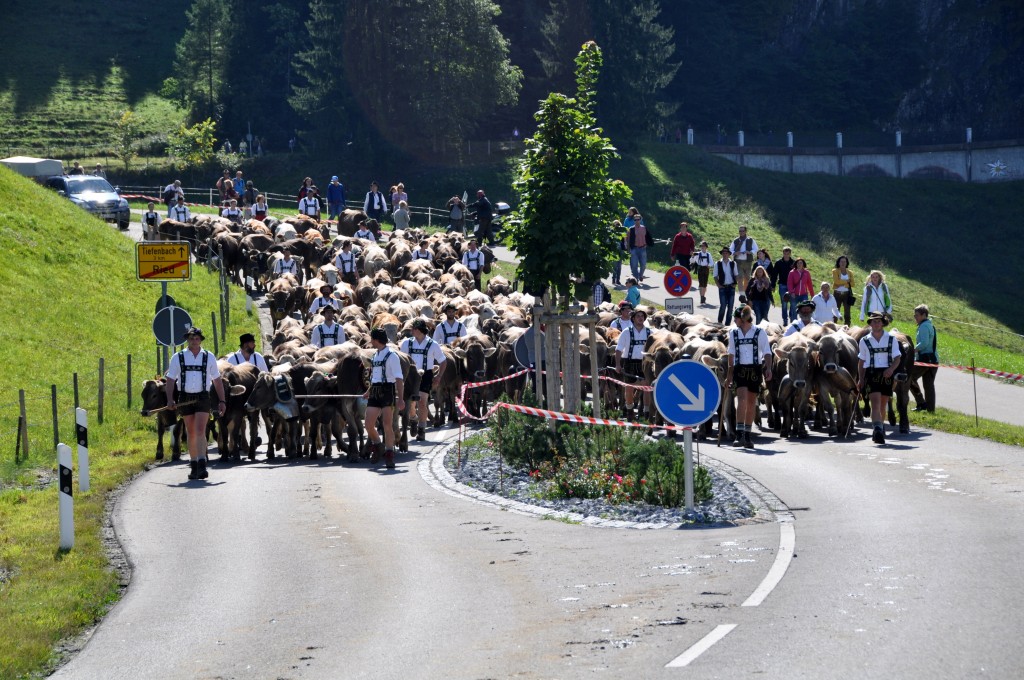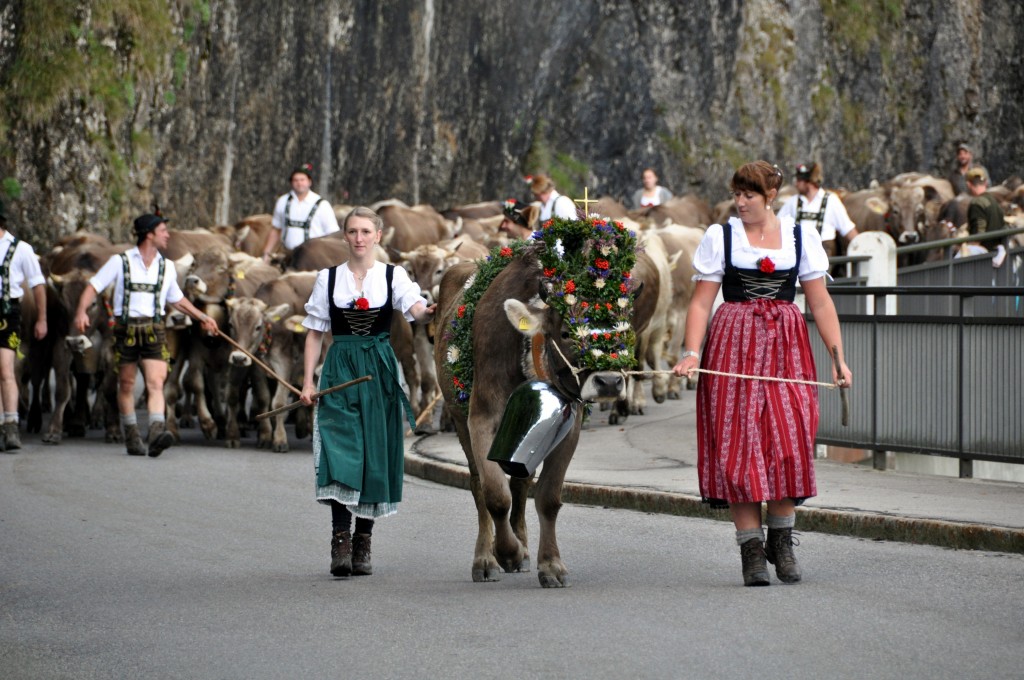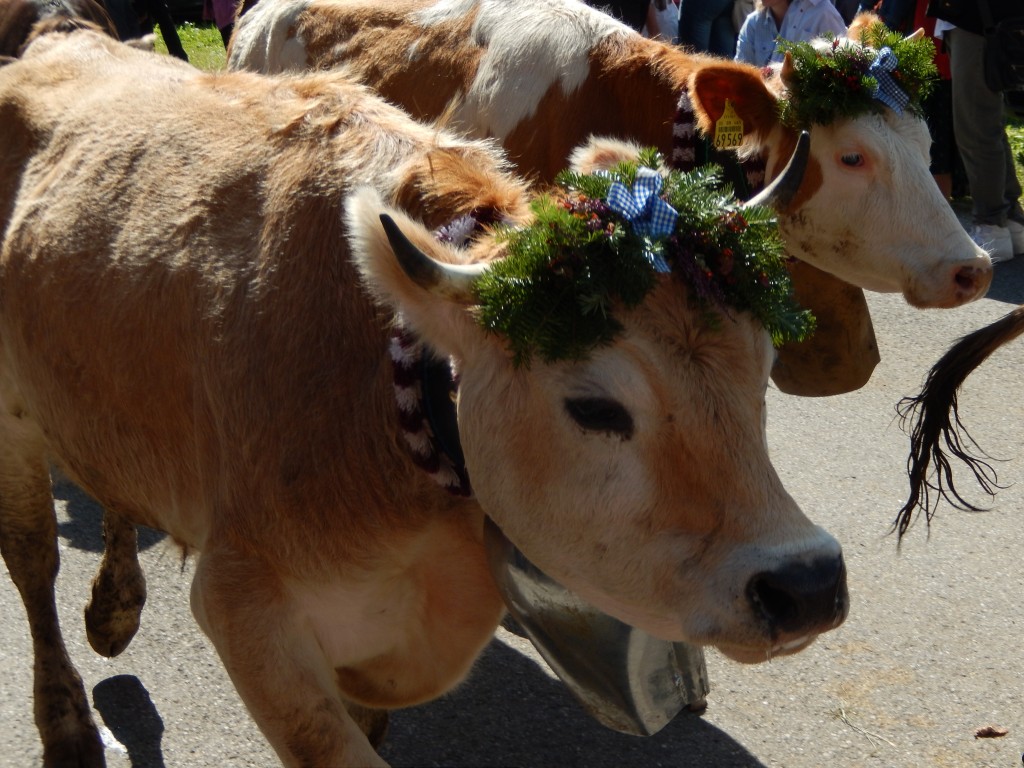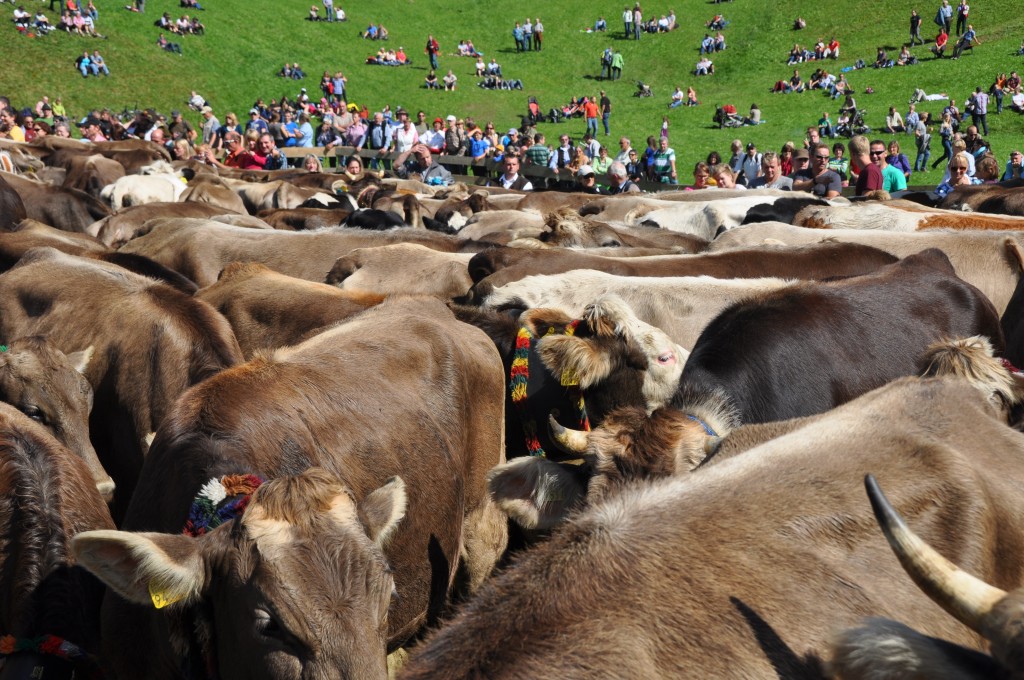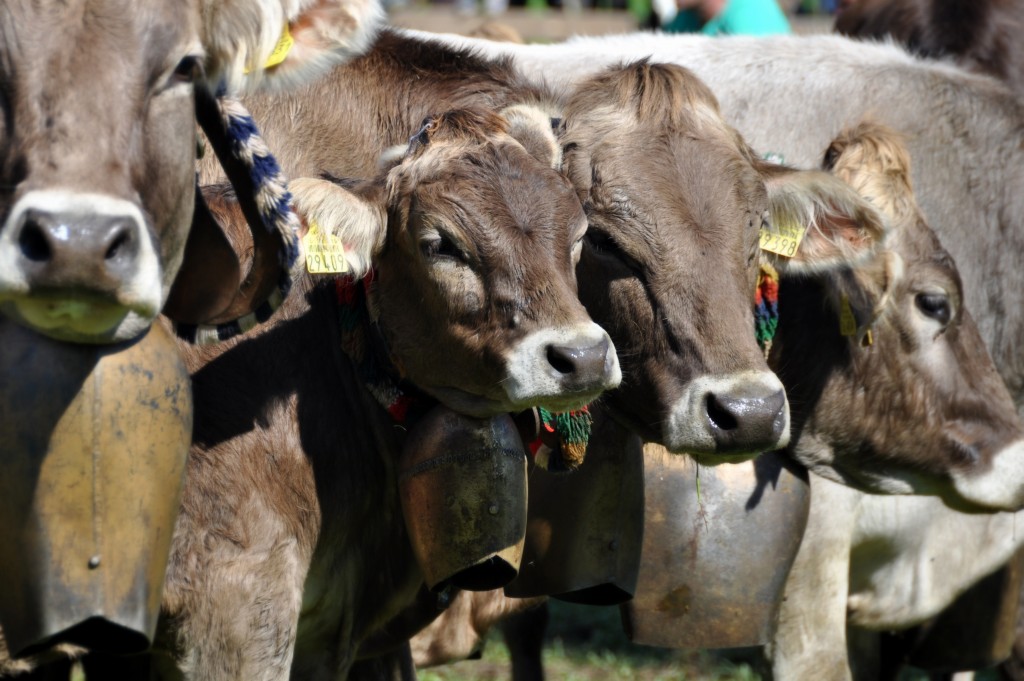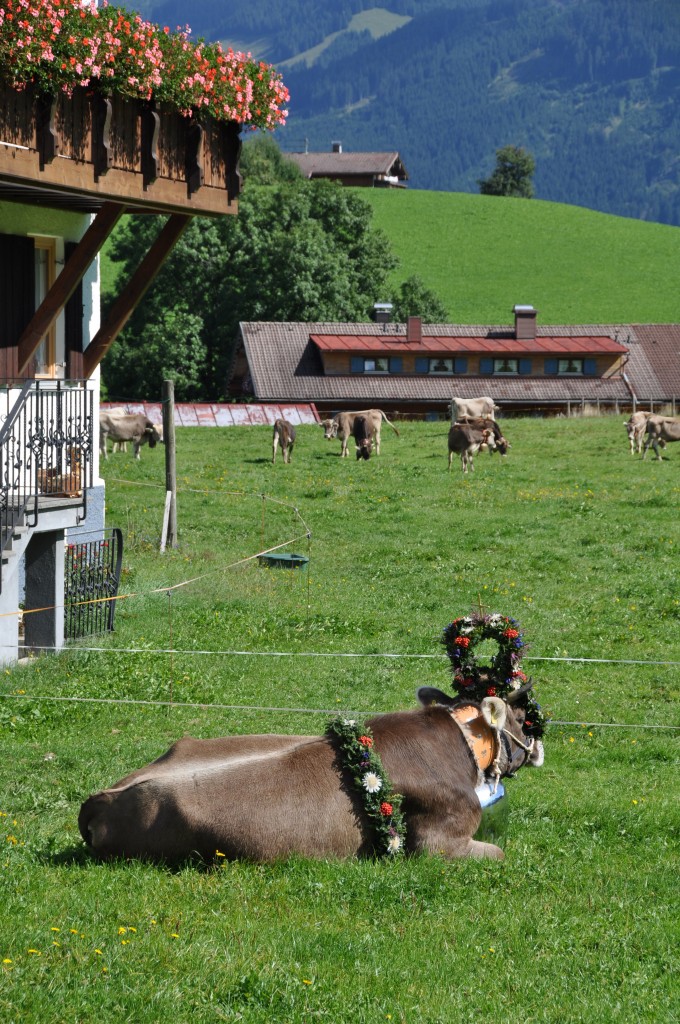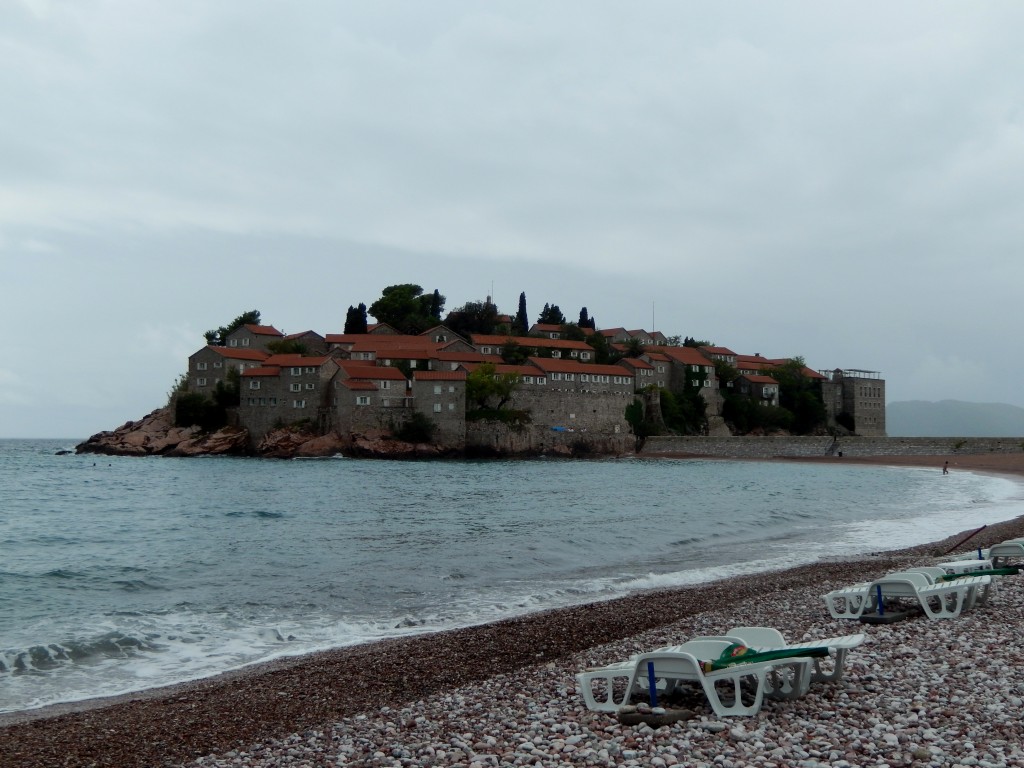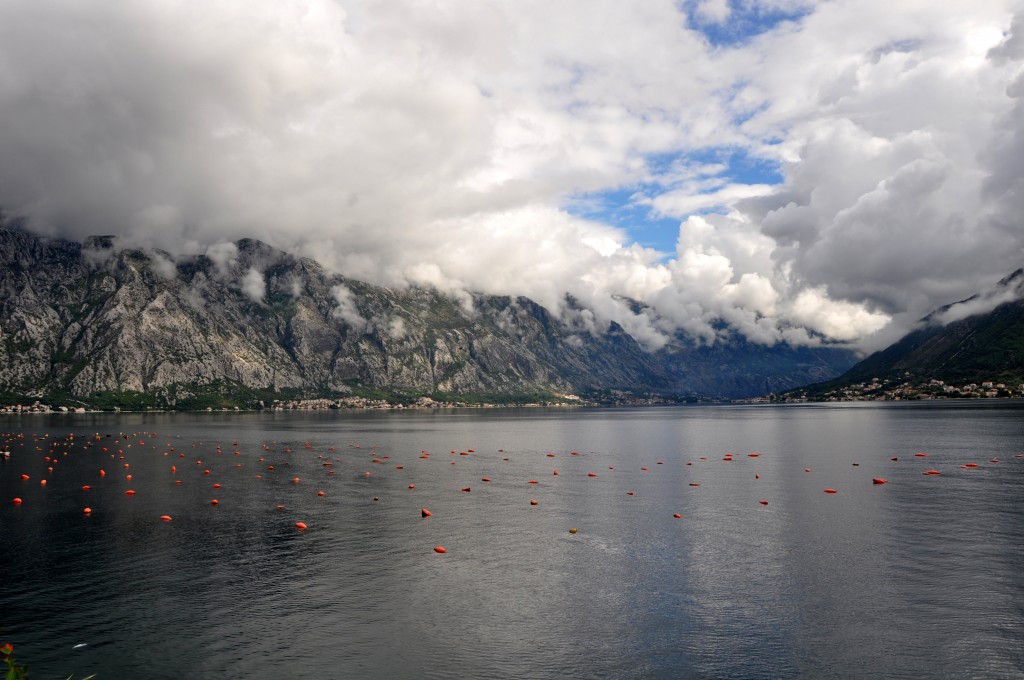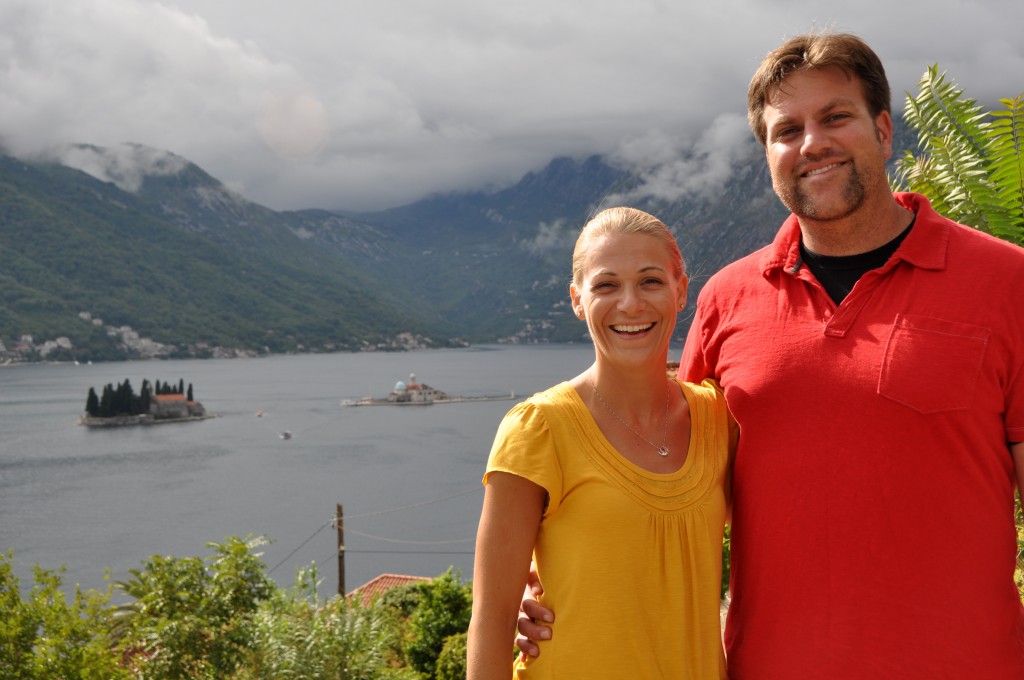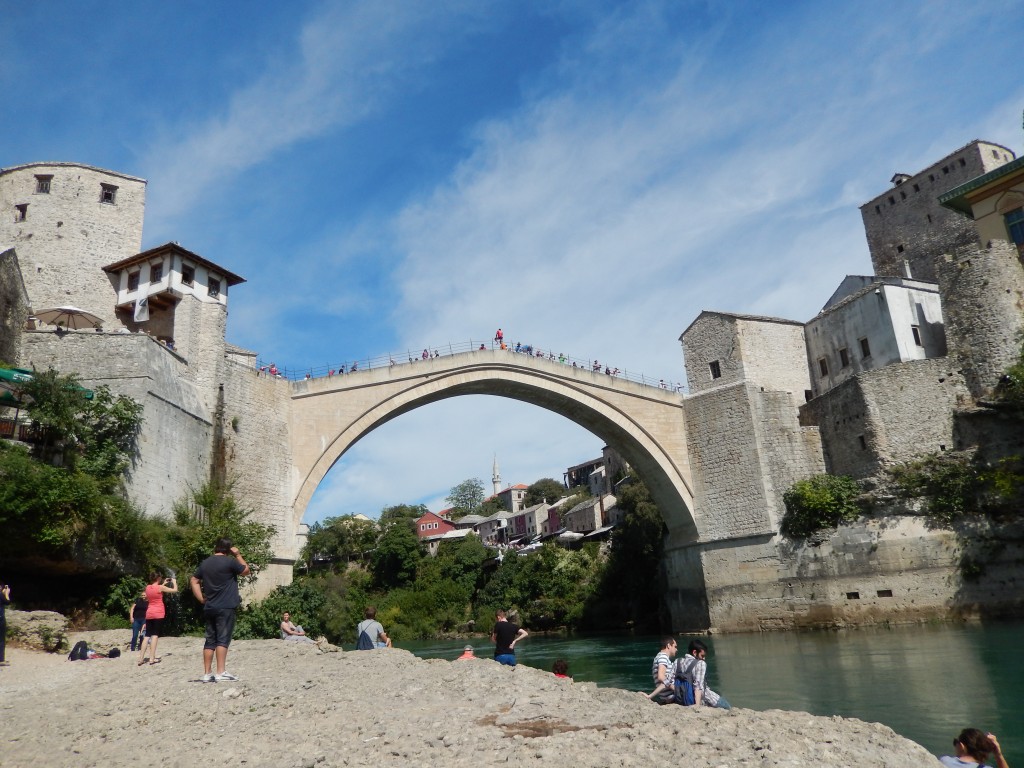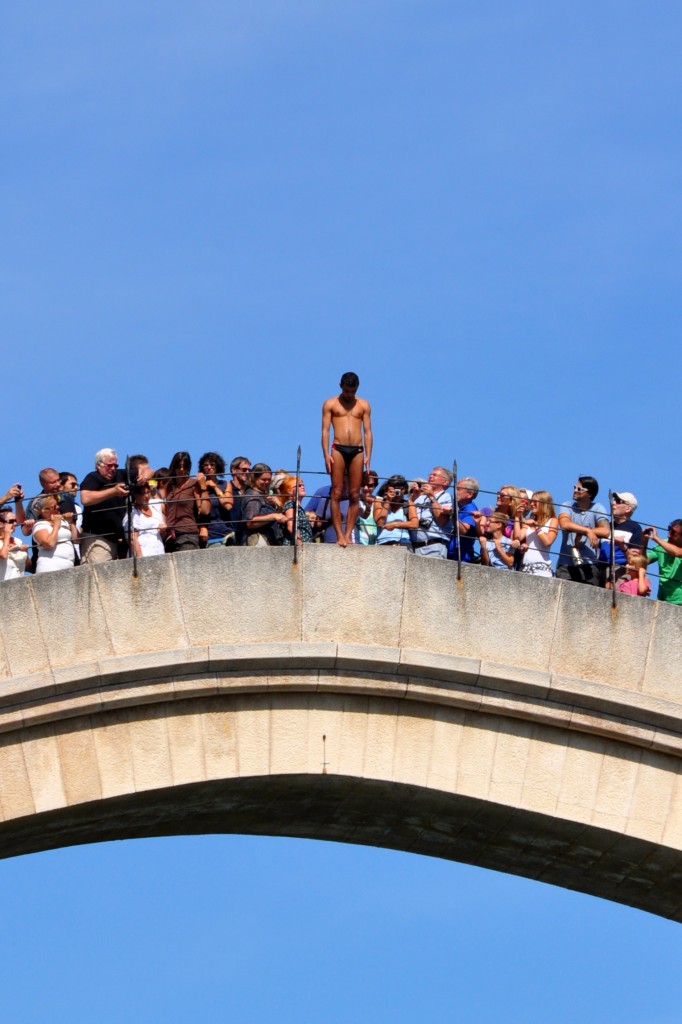When the cows come home!
A Viehscheid (also called Alpabtrieb) occurs in many towns within Bavaria every September. It literally celebrates the return of the cows from their summer in the Alps!
We attended the Viehscheid in Obermaiselstein, the last one of the season. 1,132 cattle passed through town today, in 11 different herds, from 12 different Alps within the area. That is a lot of cows!
First, the herd is gathered by the herdsman, groomed up, and their “everyday” bells are replaced with fancy ones made just for the Viehscheid. Each herd actually has a unique tone/sound to their bells, dependent on size and material.
So, when everyone is looking prim and proper, they head out into the street! The bells are so loud, you can hear them coming long before they arrive.
The bovine spend about three months in the Alps. When there has been no accidents or losses during that time, one cow is selected to wear a “crown” made of flowers and materials found in their region. The crown must have a cross and there is often a mirror to ward off evil spirits. I heard different versions of how the lead cow is chosen: some say she is the best looking of the stock, others say she is the one who has given the most milk.
I must say, there were only a few sightings of ornery heifers. I can’t even keep my one small dog in line, let alone hundreds of cattle. Pretty impressive for a bunch of guys in tiny, leather shorts!
There were other types of headdresses as well. I don’t know what they meant, but they were awfully precious.
In town, each herd is walked to the Scheidplatz, where they are separated and given back to their owners. They are picked up in trucks and trailers and taken back to their farms for the winter.
After all the celebration, even the Beauty Queen needed a little break!
It was great to participate in another fun German tradition! We really love Bavaria and the German Alps. Can’t understand a word anyone says…but still an amazing region of the country.
Oh wait…did you say you wanted to see Joe in his Lederhosen?! Sorry, this is all you’re gonna’ get. Got to come to Germany to see the entire get-up!


